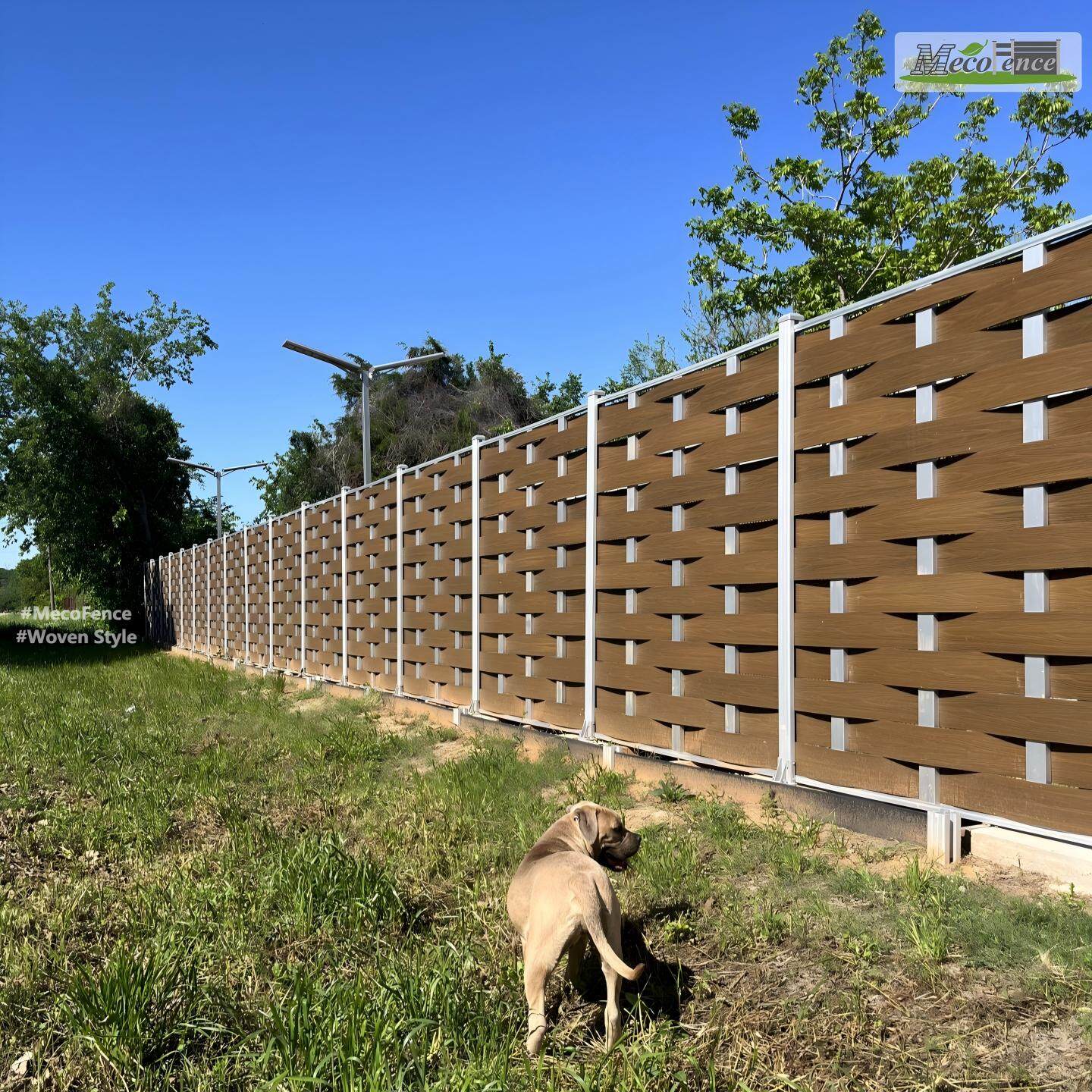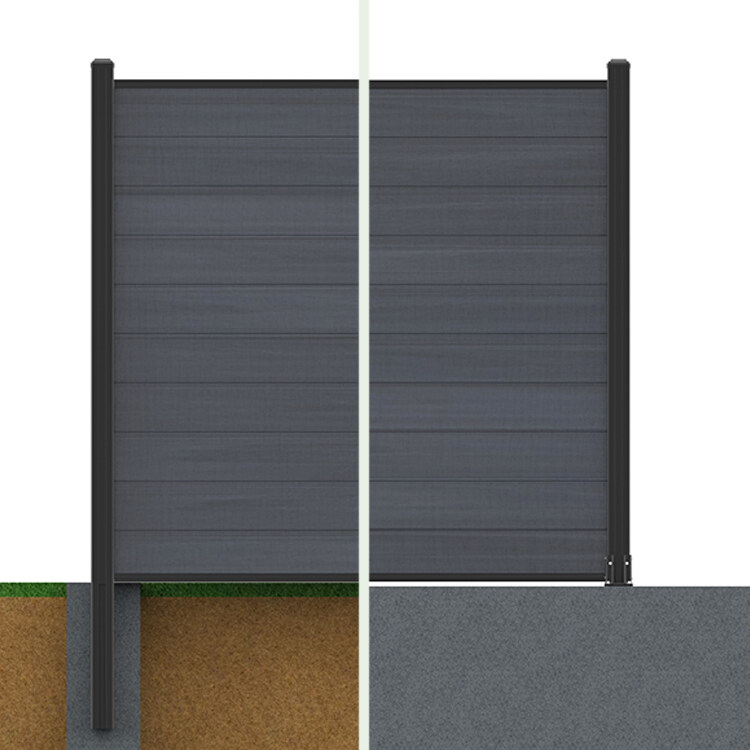Error de formato de correo electrónico
emailCannotEmpty
emailDoesExist
pwdLetterLimtTip
inconsistentPwd
pwdLetterLimtTip
inconsistentPwd


Looking to transform your backyard with a unique, eye-catching fence that stands out from typical composite fencing? Learn how to craft beautiful woven fence panels that combine durability with artistic flair - perfect for privacy and curb appeal.
Woven fence panels represent an innovative alternative to traditional composite fence designs. This style combines vertical posts with horizontally woven materials, creating an intricate pattern that's both functional and aesthetically pleasing. Recent surveys indicate that properties with custom fencing can increase home value by up to 7%.

Step-by-Step Construction Guide:
Start by marking your fence line with stakes and string. Space posts 6-8 feet apart, considering local building codes and terrain. Pro tip: Call utility companies before digging to avoid underground hazards.

Q: What's the best material for weaving?
A: Composite fence strips offer optimal durability and weather resistance, though cedar provides a more natural look. Both materials have a lifespan of 15-20 years with proper maintenance.
Q: How tight should I weave the panels?
A: Aim for a snug but not overly tight weaving. Materials will naturally expand and contract with weather changes.
Q: What's the average cost comparison?
A: Woven fence panels typically cost 20-30% less than pre-manufactured composite fence panels, while offering unique customization options.
Professional fence installers recommend starting with smaller panels to perfect your technique. According to industry data, woven fences show 40% less wind resistance compared to solid panels, making them ideal for windy areas.
Creating your own woven fence panel offers a perfect blend of creativity and functionality. With proper planning and execution, you'll have a stunning addition to your property that stands out from standard composite fencing options.